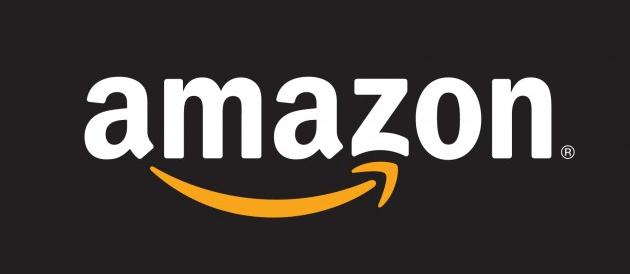Amazon and Lockheed Martin have announced their intention to send Alexa to space as part of Artemis I, the first of numerous NASA missions destined to land the first woman and the first person of color on the moon, part of the greatest goal of exploringThe deep space.Alexa will join the next mission as part of Callisto, a technological demonstration payload integrated in the NASA Orion spacecraft and built in collaboration with Amazon, Cisco and Lockheed Martin engineers engineers.
"Star Trek's computer was part of our original inspiration for Alexa, so it is exciting to see our vision of environmental intelligence come to life on board Orion," said Aaron Rubenson, vice president of Alexa Everywhere by Amazon."We are proud to work with Lockheed Martin to push the limits of vocal technology and artificial intelligence, and we hope that Alexa's role in the mission will help to inspire future scientists, astronauts and engineers who will define this next era exploration of space".
Even if the first mission will be without crew, Artemis I will be an important step that will allow NASA and others in the sector to test the technology that could be used in subsequent missions with crew towards the moon and other destinations in deep space.Alexa is one of the many new innovative technologies that will be tested as part of Artemis I and its integration into Callisto will help the people involved to explore how environmental intelligence can assist astronauts in future missions.
"Let's imagine a future in which astronauts can contact an artificial intelligence on board for information, assistance and company, and Amazon's engineers have worked closely with Lockheed Martin to integrate Alexa in the Payload of Callisto" explains Amazon in his blog."Lockheed Martin designed personalized space -level hardware with integrated Alexa, ensuring that the device could resist the impacts and intense vibrations of launch and exposure to radiation due to the passage through the radiation bands of Van Allen.Amazon provided the acoustic and audio processing software to support long -range vocal interactions via Alexa, optimization algorithms to take into account the noise of engines and pumps and the reverberation associated with so many metal surfaces inside the cabin ".

Callisto will also be equipped with Amazon Local Voice Control technology, to allow Alexa to work in areas with limited or absent connectivity.By combining Alexa's world -class artificial intelligence with the local processing on board the space vehicle, it will be possible to circumvent the delay (or latency) associated with the sending of information from the moon to the earth and vice versa and allow future astronauts to accessSpecific information and functionality almost instantaneously.
On Artemis I, Alexa will be able to access telemetry data in real time and answer thousands of specific questions about the mission on Orion, including questions such as "Alexa, how quickly does Orion travel?"Or "Alexa, what is the temperature in the cabin?".Alexa can also process requests to control the devices connected on board the space vehicle, starting from the lighting in the cabin.Alexa's engineers will use what they will learn from the time spent from Alexa in space to make Alexa functionality even better for customers on earth, even in difficult or remote environments without connectivity.
Using NASA's Deep Space Network, Alexa will also be able to recover information from the earth for astronauts in space, from briefing on news to sporting results, helping them to remain connected with events on earth during their missions.
Since Artemis I will be a unparalleled mission, Amazon is working with the partners of Lockheed Martin and Cisco to create a virtual crew experience at the Johnson Space Center of NASA in Houston, in Texas.Based in the Mission Control Center, the experience will provide remote access to Callisto and will allow Amazon to simulate the interactions between Alexa and the future astronauts.Oriion audio and video filming will be retransmitted to Earth, helping engineers to study interactions and identify ways to improve the experience for future missions with crew.
In addition to Alexa's journey around the moon, Amazon is introducing new ways to make the exploration of the space more accessible to Amazon customers, including students, teachers and families who want to follow the Artemis mission i.How?On devices with Alexa such as Echo, Echo Dot and Echo Show Alexa will be able to provide customers interested in -depth information on Artemis I, including telemetry data from the Orion spacecraft;Videos and images of the mission, including a launch livestream;Video of virtual crew interactions from the Johnson Space Center;and reminder and notifications on the fundamental stages of the mission.Just say "Alexa, bring me to the moon" to activate this experience, which will be available in complete later but a preview is already accessible now on all Alexa enabled devices.
Amazon is also creating a new Amazon Future Engineer program called Alexa for Astronouts.The initiative will offer live virtual tours from the Johnson Space Center and will provide students with a look at the virtual crew experience and other structures around the control of the mission.
